Visiting Uncle Ho in New Delhi
On the first day in New Delhi, my family and I visited Uncle Ho at the Ho Chi Minh Statue in G20 Park next to Kautilya Marg, not far from the Vietnamese Embassy in India. This place is considered the center of New Delhi. That shows that the Government and people of India have given President Ho Chi Minh - the beloved leader of the Vietnamese people - a special respect. The bronze statue of Uncle Ho was designed and made by Indian artisan Ram Sutar. The statue was inaugurated and placed at G20 Park on September 2, 2021, commemorating the 76th National Day of the Socialist Republic of Vietnam.
The author at the Ho Chi Minh Monument in New Delhi. |
In the afternoon, the sun was shining brightly, standing nearly 5,000 km away from Vietnam, looking up at the statue of Uncle Ho, my heart was filled with tears. The people walking in the Park, knowing that we came from Vietnam to visit President Ho Chi Minh, they also respectfully bowed their heads, clasped their hands to their chests and smiled warmly at us: Namaste! My daughter told me that this is the traditional Indian greeting. The greeting means: “I bow to the sacredness in you”.
During his lifetime, Uncle Ho visited India three times. The last time was in the spring 67 years ago, when he visited India as President. During this visit, on February 7, 1958, Uncle Ho and Indian Prime Minister Jawaharlal Nehru agreed to sign the Vietnam - India Joint Statement. This was an important milestone for the two countries to develop good diplomatic relations until today. Since Uncle Ho's statue was placed at G20 Park, this place has always welcomed delegations of Vietnamese officials and students who come to India to work and study, and the Vietnamese community living in other states to visit every time they return to the capital New Delhi.
India has long been known as a large country with a unique and long-standing traditional culture, one of the most in the world . Currently, with a population of over 1.45 billion people, India is also the most populous country. This is also a multi-ethnic, multi-religious country with religions such as Islam, Hinduism, Christianity, Sikhism, Buddhism, Jainism... In which, the majority are Hindus (Hinduism), accounting for over 80%. The number of Buddhists is only about 7%. In the state of Bodh Gaya, 1,500 km from the capital New Delhi, there is the famous sacred Mahabodhi Temple (also known as Bodh Gaya Temple), the first cradle of Buddhism. This is also a place that many Buddhists in Vietnam and other Buddhist countries around the world wish to visit once in their lifetime.
A colorful India
During my 15 days in India, I had the opportunity to visit the National Museum, the India Gate War Memorial and several famous cultural relics recognized by UNESCO as world cultural heritages such as: TajMahal Temple, Agra Fort, Humayun's Tomb, Qutb Minnar Tower, Mahabodhi Temple... Everywhere I went, I was amazed by the exquisite beauty, imbued with the religious identity of the architectural works built many centuries ago. In particular, we were lucky to join the crowd to visit the Mughal Gardens of the Presidential Palace.
Every year, the Taj Mahal - a masterpiece of Islamic architecture recognized by UNESCO, welcomes about 8 million tourists. |
This flower garden is only open once a year in the spring (February to March) for people to visit. Therefore, there are many visitors, mainly Indian citizens. Seeing my granddaughter and I wearing Vietnamese ao dai, many people gave way, bowed friendly and asked to take souvenir photos. At those moments, I felt proud and loved the traditional ao dai of my people. Although there was a language barrier, the firm handshake and friendly smile erased the distance.
In the capital New Delhi, many flyovers and new streets are planned quite wide. There are many lakes, green parks and natural forests in the city. Along with the uniqueness of traditional culture, India has long been a "famous" country mentioned for dust pollution, harsh climate with summer temperatures up to 50 degrees Celsius. The government of your country is making efforts to overcome this problem. On the roads, despite the busy traffic, you can still see countless birds, pigeons, bats, crows, peacocks... chirping and swooping down to find food.
My 15 days in India went by very quickly. I still regret that there are still many things I have not had time to explore. The night flight from Indira Gandhi International Airport back to Vietnam was packed, mainly with Indian tourists coming to explore Vietnam. I am happy about that. I believe that with the development of foreign relations and the promotion of tourism between the two countries, many Indian tourists will come to Kinh Bac to listen to Quan Ho in the near future. |
In India, driving on the left and turning left is the law. Many Vietnamese people said that when they first arrived, they were always nervous and sweaty every time they participated in traffic because they were not used to it. Luckily, the price of service cars like Grap in Vietnam is quite cheap, so we mainly choose this means of transportation. If it is not rush hour, going 4-5 km only costs about 60 rupees (equivalent to 20,000 VND).
During my days in the capital New Delhi, whenever I had free time, I went to the market, supermarket, walked to the park, and took my grandchildren to school. That was also an excuse to experience and learn more about the customs, habits, activities, and life of the neighboring country. In recent years, India's economic growth rate has been quite fast. Currently, India is the 5th largest economy in the world after the US, China, Japan, and Germany.
That can be seen clearly through the luxury villas, super cars on the road and the long list of billionaires. However, the distinction between classes in India is also quite clear. In the middle of the capital, there are still many slums and homeless households. To prevent terrorism, security control here is quite strict. To enter tourist attractions or supermarkets, you must go through strict security control like at the airport.
As a country with over 40% agricultural production, food, fruits and vegetables in India are quite cheap and abundant. There are many types of vegetables and fruits similar to those in Vietnam such as cabbage, tomatoes, potatoes, bananas, papaya. India also has over 56 thousand hectares of lychee cultivation, concentrated in the state of Bihar. This similarity, along with tax and customs barriers, has prevented Vietnamese goods from being exported to India much and vice versa.
At Ambience Mall in New Delhi, I was delighted to see pho noodles and rice paper for sale labeled as being from Vietnam. Unfortunately, both of these products are available in supermarkets under the export label of a Thai company. There are currently over 500 Vietnamese people working, studying and living in India. Every year, on the occasion of Lunar New Year, the Vietnamese Embassy organizes meetings, exhibitions, fairs, and rural market corners to help people feel less homesick for their homeland...
My 15 days in India went by very quickly. I still regret that there are still many things I have not had time to explore. The night flight from Indira Gandhi International Airport back to Vietnam was packed, mainly with Indian tourists coming to explore Vietnam. I am happy about that. I believe that with the development of foreign relations and the promotion of tourism between the two countries, many Indian tourists will come to Kinh Bac to listen to Quan Ho in the near future.
Notes by Le Huyen
Source: https://baobacninhtv.vn/bg2/dulichbg/an-do-mot-lan-den-postid416375.bbg


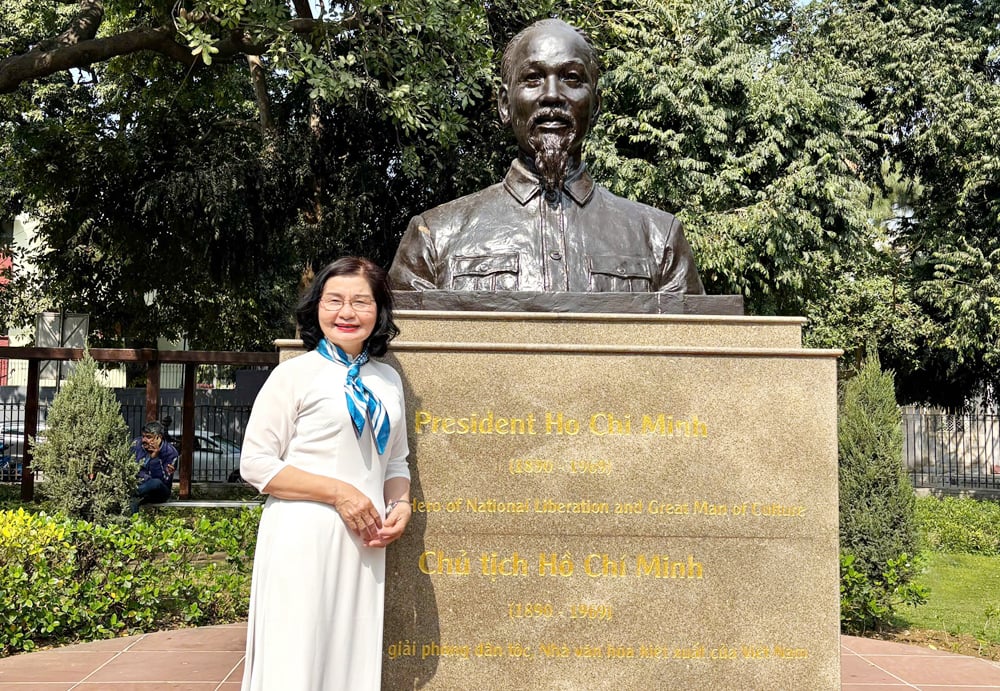
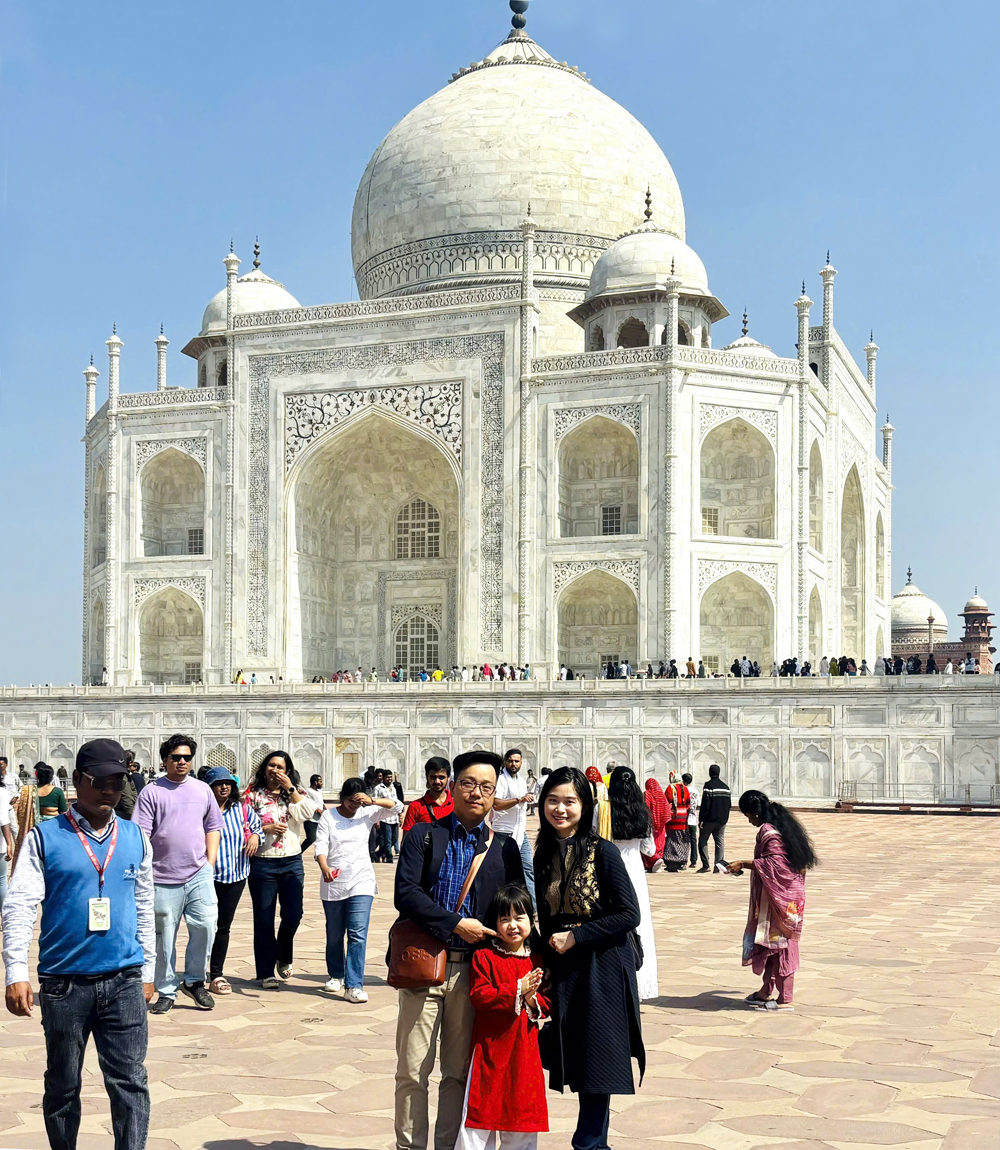
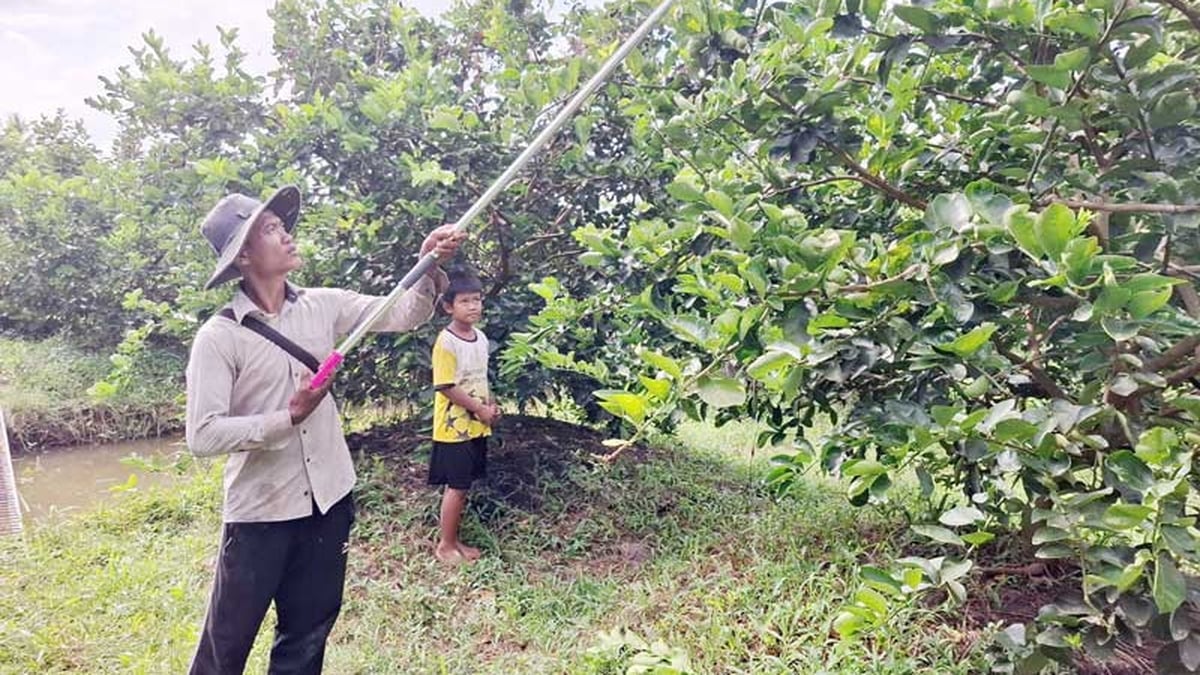
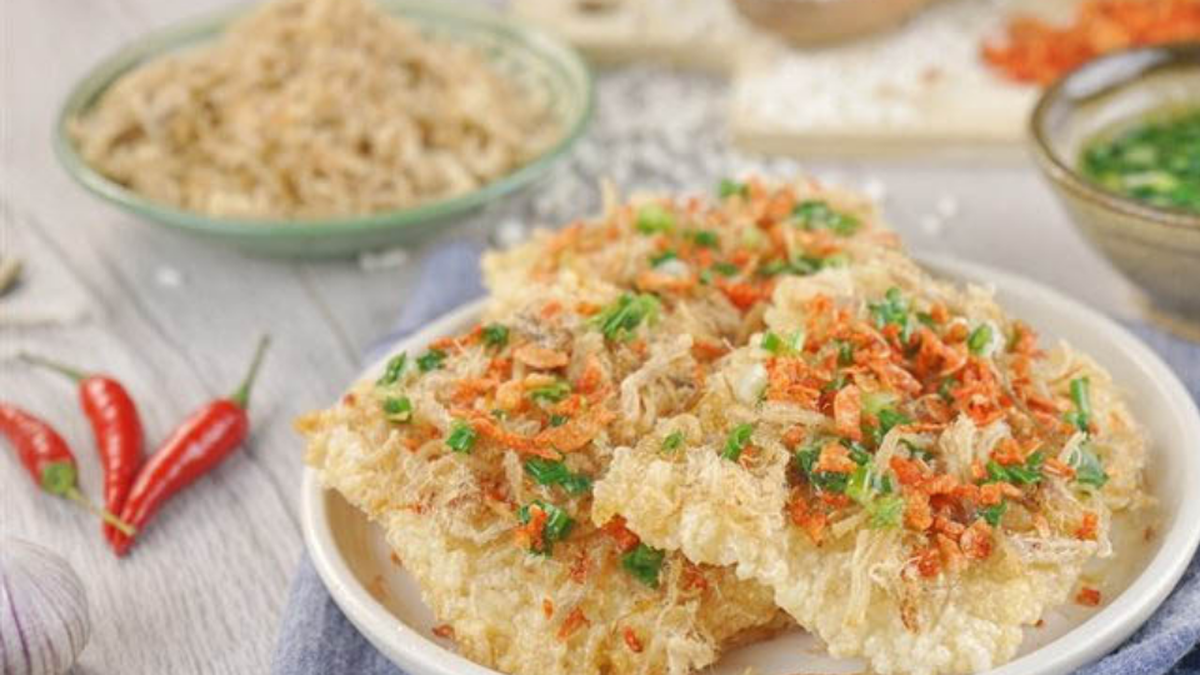
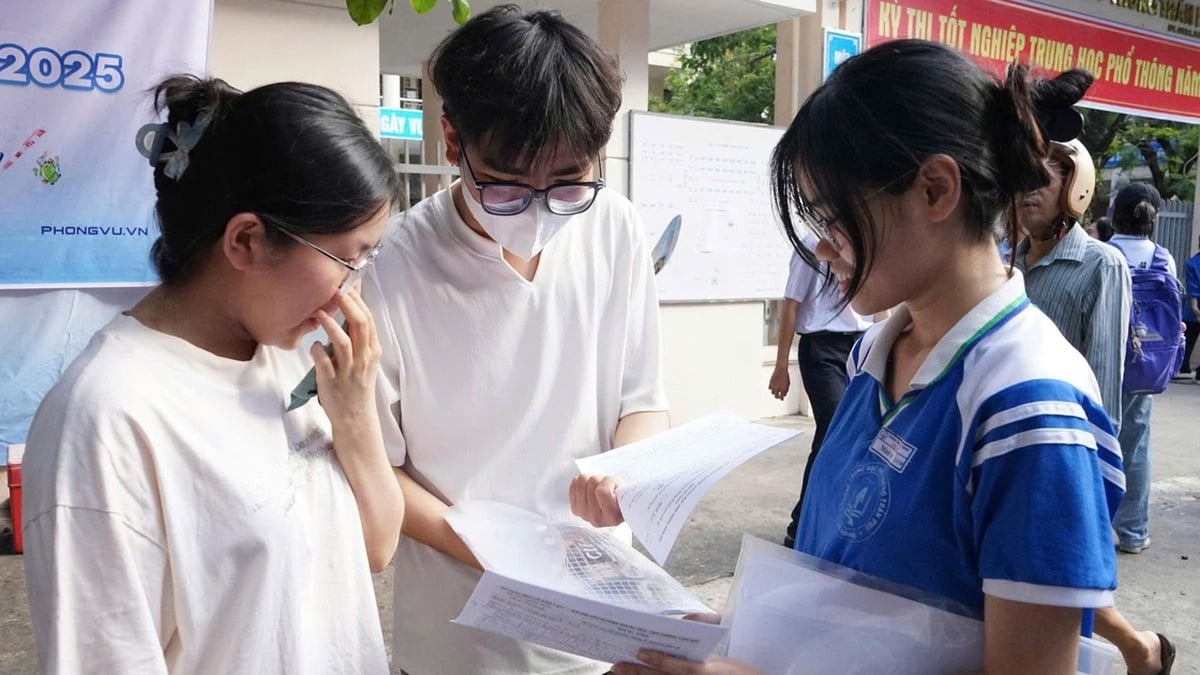

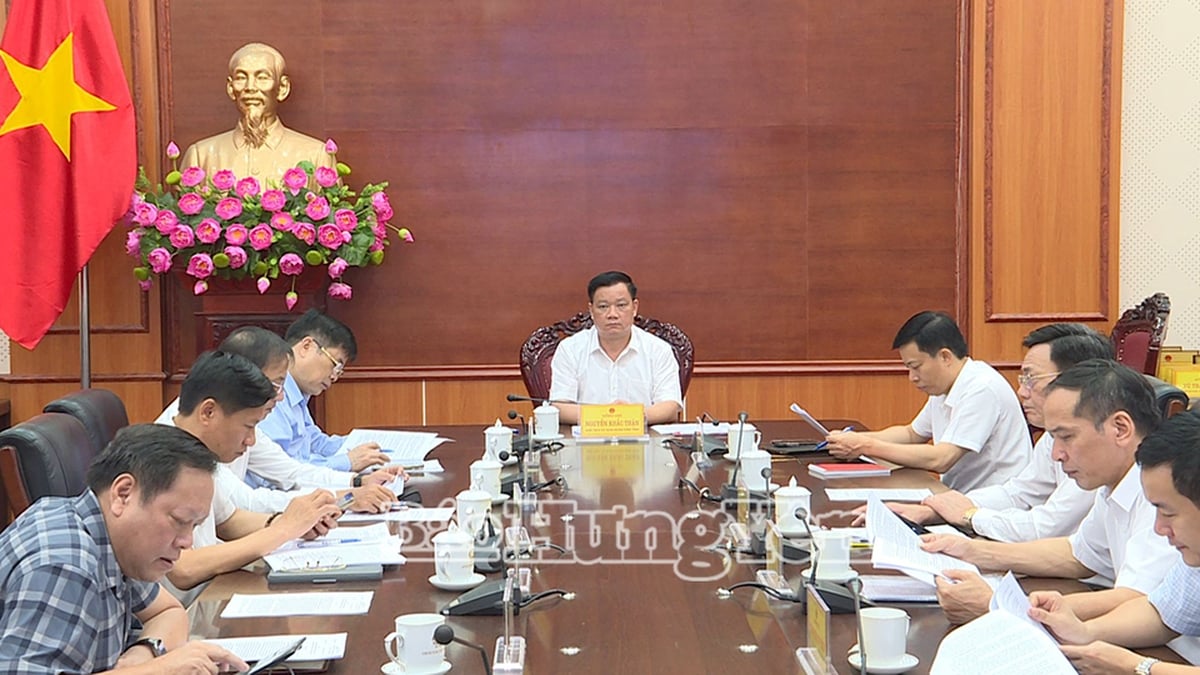
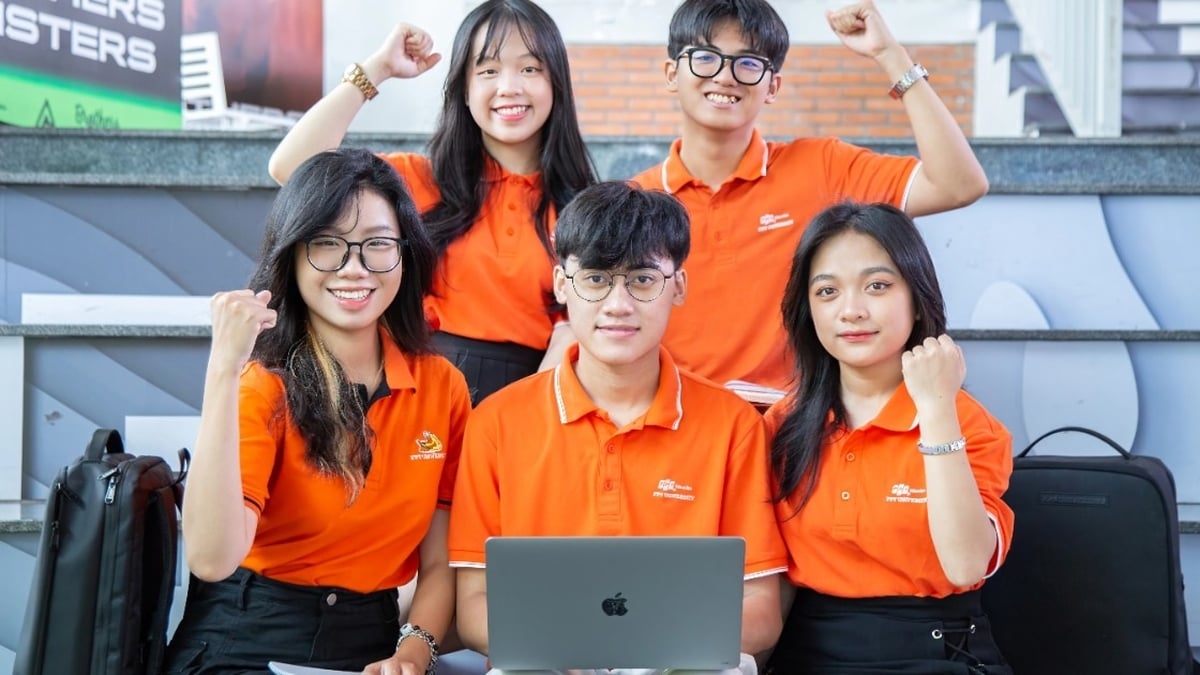
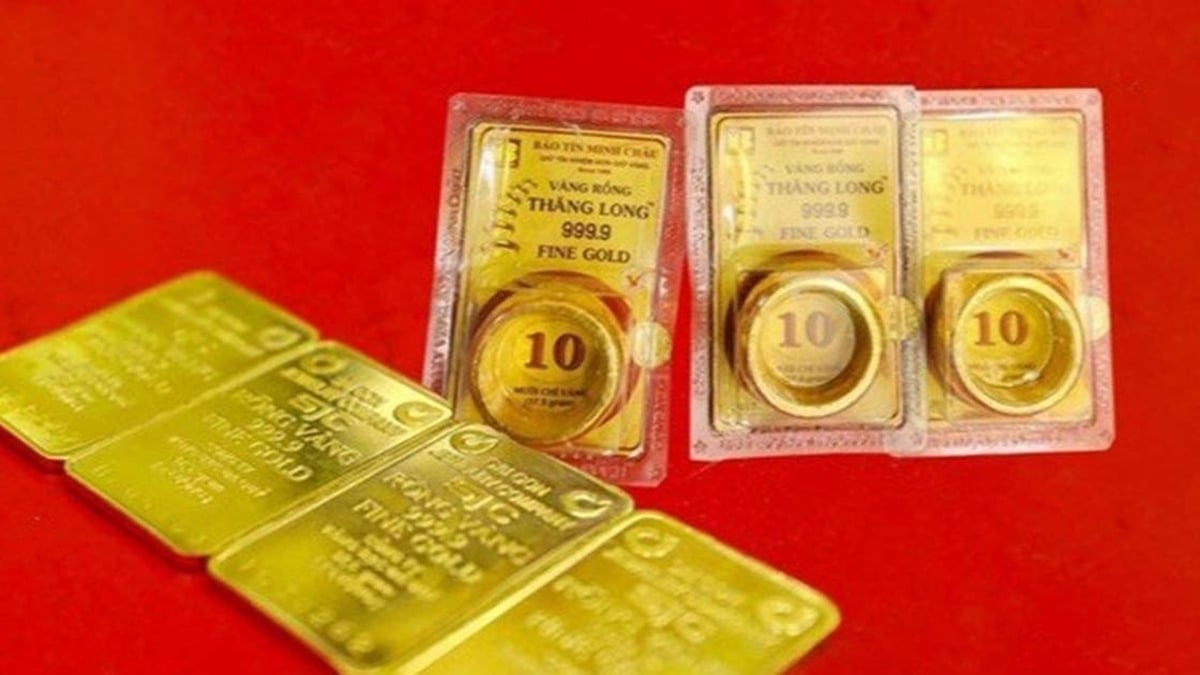
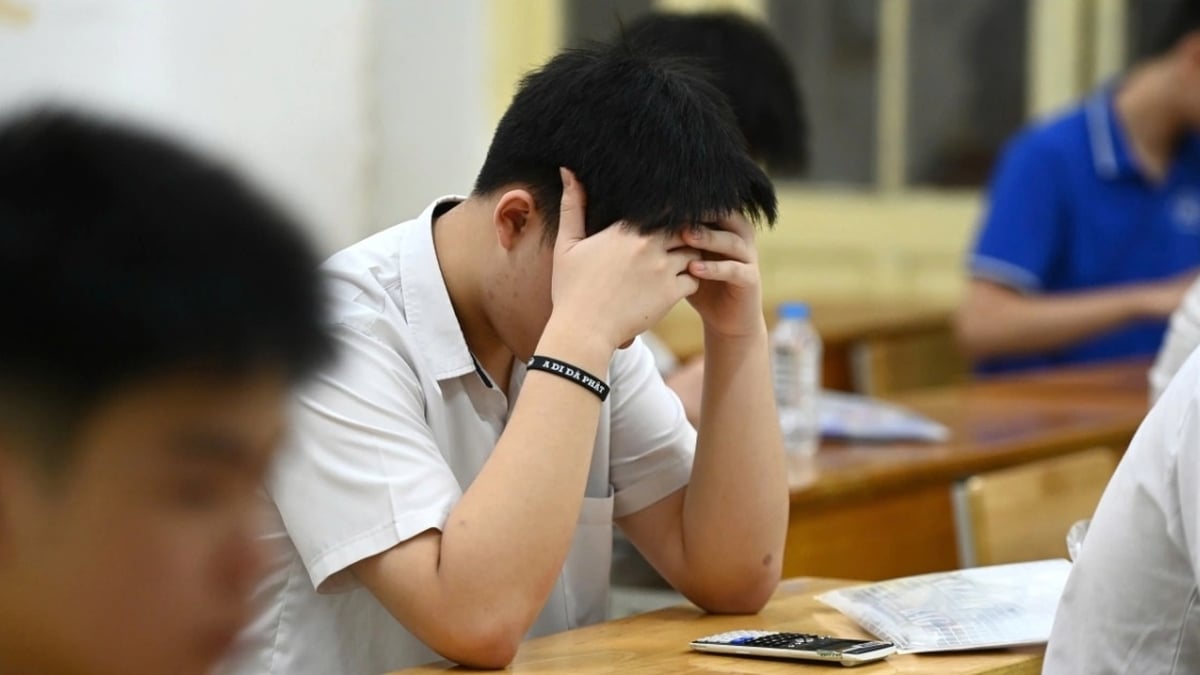

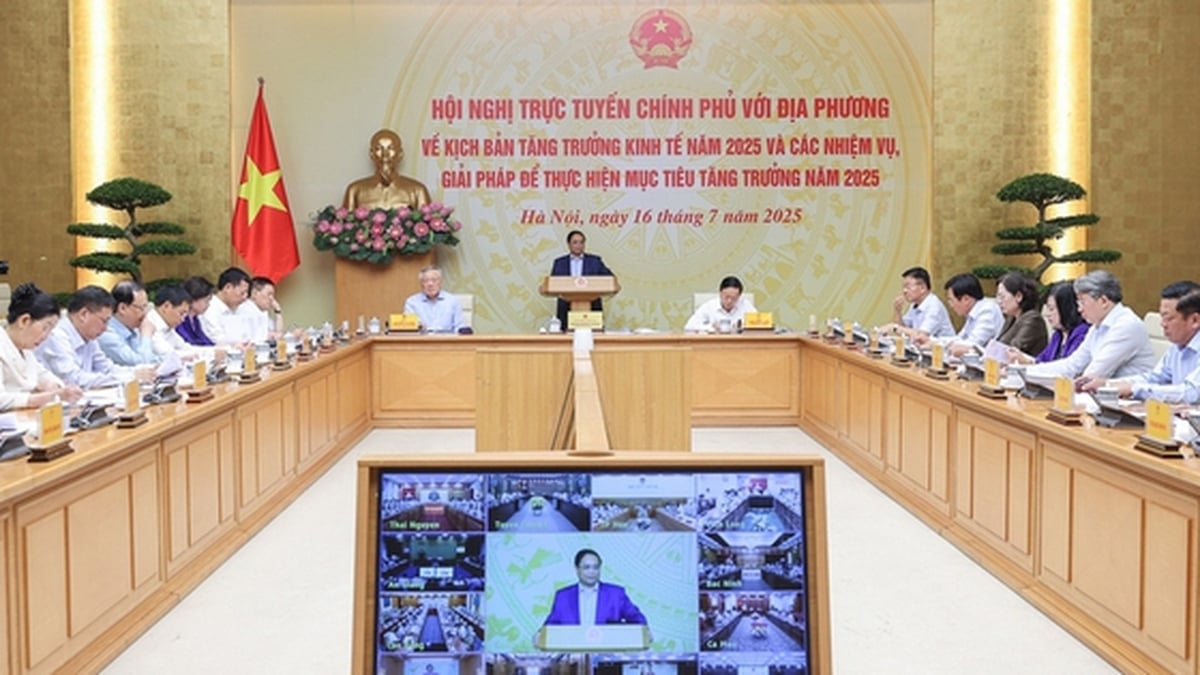




























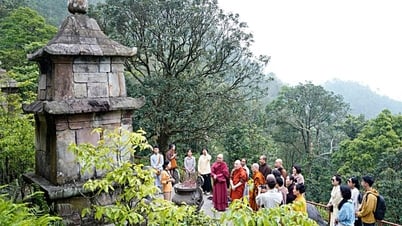









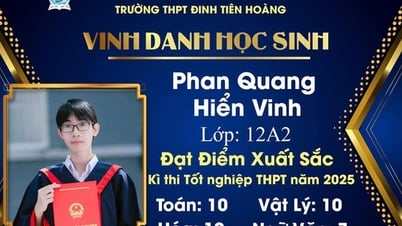

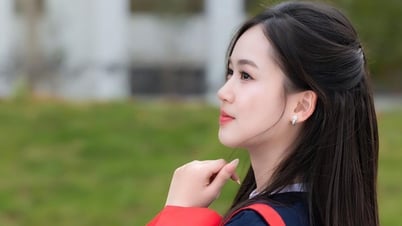






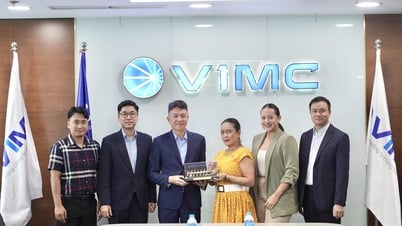


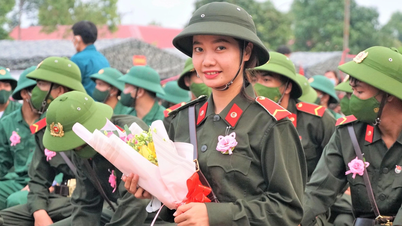

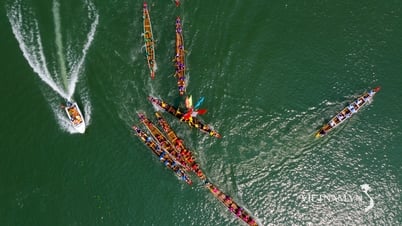
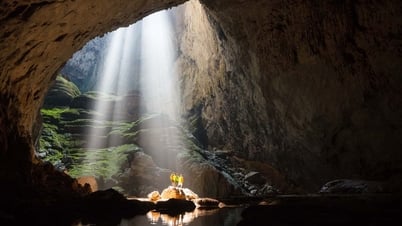



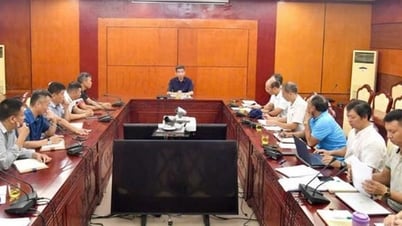

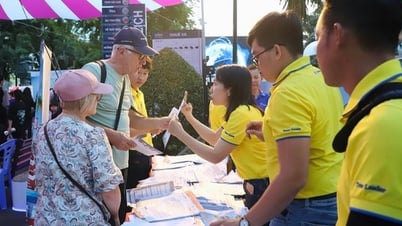
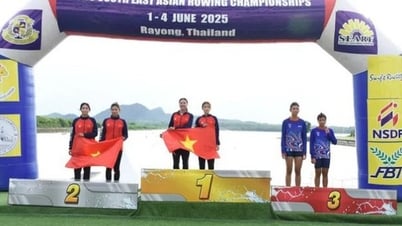
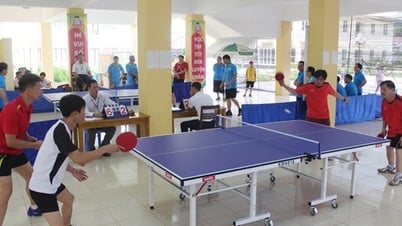




















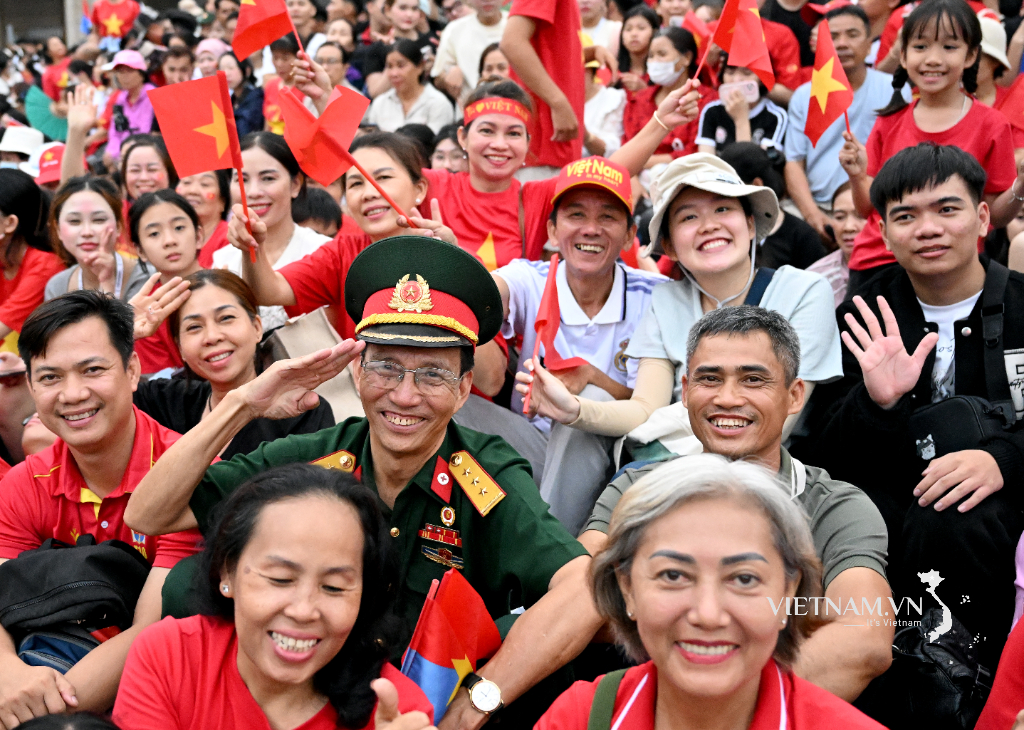


Comment (0)